French Bulldog
French Bulldog
America’s Favorite Compact Companion
1. Introduction to the Breed
The French Bulldog, affectionately known as the "Frenchie," has claimed the #1 spot on the American Kennel Club (AKC) rankings for three consecutive years as of 2024. This compact, playful, and adaptable breed is a favorite in urban environments due to its low-maintenance needs and charming personality. With their bat-like ears and short, wrinkled faces, French Bulldogs are beloved for their expressive demeanor and ability to fit into various lifestyles, from city apartments to suburban homes.
2. History of the Breed
Originating in France in the 1800s, French Bulldogs were bred from English Bulldogs to create a smaller, companion-focused dog. They gained popularity among Parisian lace workers and later among American elites, who brought them to the U.S. in the late 19th century. Recognized by the AKC in 1898, Frenchies were initially bred for companionship and have since become a cultural icon, appearing in art, media, and celebrity circles.
3. Physical Characteristics
- Typical Size and Weight: French Bulldogs typically stand 11–13 inches tall at the shoulder. Males weigh 20–28 pounds, while females weigh 16–24 pounds.
- Coat and Color: Their coat is short, smooth, and glossy, with common colors including brindle, fawn, white, and black-and-white pied. Some have rare colors like blue or lilac, though these are controversial in breeding standards.
- Distinctive Features: Frenchies are known for their bat-shaped ears, short snouts, and deeply wrinkled faces, giving them an expressive, almost human-like appearance.
4. Personality Traits
French Bulldogs are playful, affectionate, and adaptable, making them excellent companions for families, singles, or seniors. They thrive on human interaction and are known for their clownish antics and love of lounging. While not overly vocal, they can be stubborn, requiring patient training. Their friendly nature makes them great with children and other pets, though they may be reserved with strangers.
5. Care Requirements
- Exercise Needs: Frenchies have moderate exercise needs, requiring 20–30 minutes of daily activity, such as short walks or indoor play. Their brachycephalic (flat-faced) structure makes them sensitive to overexertion, especially in hot weather.
- Grooming Needs: Their short coat requires weekly brushing with a soft brush and occasional baths. Regular cleaning of facial wrinkles prevents infections, and nail trimming is essential.
- Dietary Considerations: French Bulldogs are prone to obesity, so a balanced diet with portion control is key. High-quality dog food tailored to their size and energy level is recommended.
6. Health and Lifespan
French Bulldogs have an average lifespan of 10–12 years. Common health issues include brachycephalic airway syndrome, allergies, hip dysplasia, and intervertebral disc disease. Regular vet checkups, dental care, and monitoring for breathing issues are crucial. Genetic testing from reputable breeders can reduce the risk of inherited conditions.
7. Training and Socialization
French Bulldogs are intelligent but can be stubborn, so positive reinforcement techniques work best. Early socialization is vital to ensure they’re comfortable with people, pets, and new environments. Short, engaging training sessions help keep their attention, as they may lose interest in repetitive tasks.
8. Ideal Home Environment
French Bulldogs thrive in urban or suburban settings, including apartments, due to their small size and low exercise needs. They’re ideal for families with children, singles, or seniors, as long as the home is climate-controlled to avoid overheating. They prefer indoor living and do well with owners who can provide plenty of attention and companionship.
9. Fun Facts and Toys for Frenchies
- French Bulldogs cannot swim due to their compact bodies and short snouts,
necessitating avoidance of deep water! - They were once favored by Parisian artists like Toulouse-Lautrec and appear in
numerous famous paintings. - Their distinctive “Frenchie snore” comes from their brachycephalic structure, adding to their quirky charm.
Toys French Bulldogs Love
French Bulldogs enjoy toys that suit their low-energy, playful nature, engaging their
curiosity without overexertion. Soft chew toys made of gentle materials satisfy their mild
chewing instincts, providing 15–20 minutes of engagement, especially when stuffed with
treats for mental stimulation. Plush toys without squeakers, such as the Allie Gator Dog
Toy, are ideal for gentle tossing or cuddling, perfect for 10–15 minute indoor play
sessions due to its crinkling sounds and ultra-cozy Minky Fleece fabric. Small,
lightweight options like the Flora the Flamingo Dog Toy encourage light chasing and
float for safe water play, suitable for their short snouts. Interactive puzzle toys with treat
compartments stimulate their minds, keeping them occupied for 10–15 minutes indoors.
Avoid high-bounce or hard toys, as these can strain their breathing or jaws. Rotate toys
regularly and pair with gentle games to maintain engagement and prevent respiratory
stress.
10. Adoption and Breeder Tips
When adopting a French Bulldog, seek reputable breeders who provide health clearances for hips, eyes, and respiratory function. Ask about the puppy’s parents and visit the breeding facility to ensure ethical practices. Alternatively, check rescues like the French Bulldog Rescue Network for adoptable Frenchies. Be cautious of puppy mills, as French Bulldogs are prone to health issues if poorly bred.
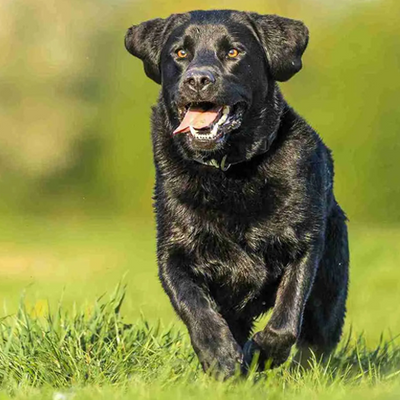
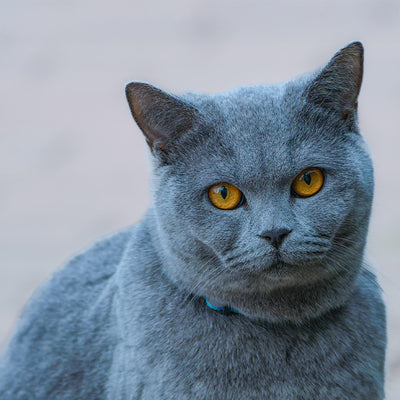
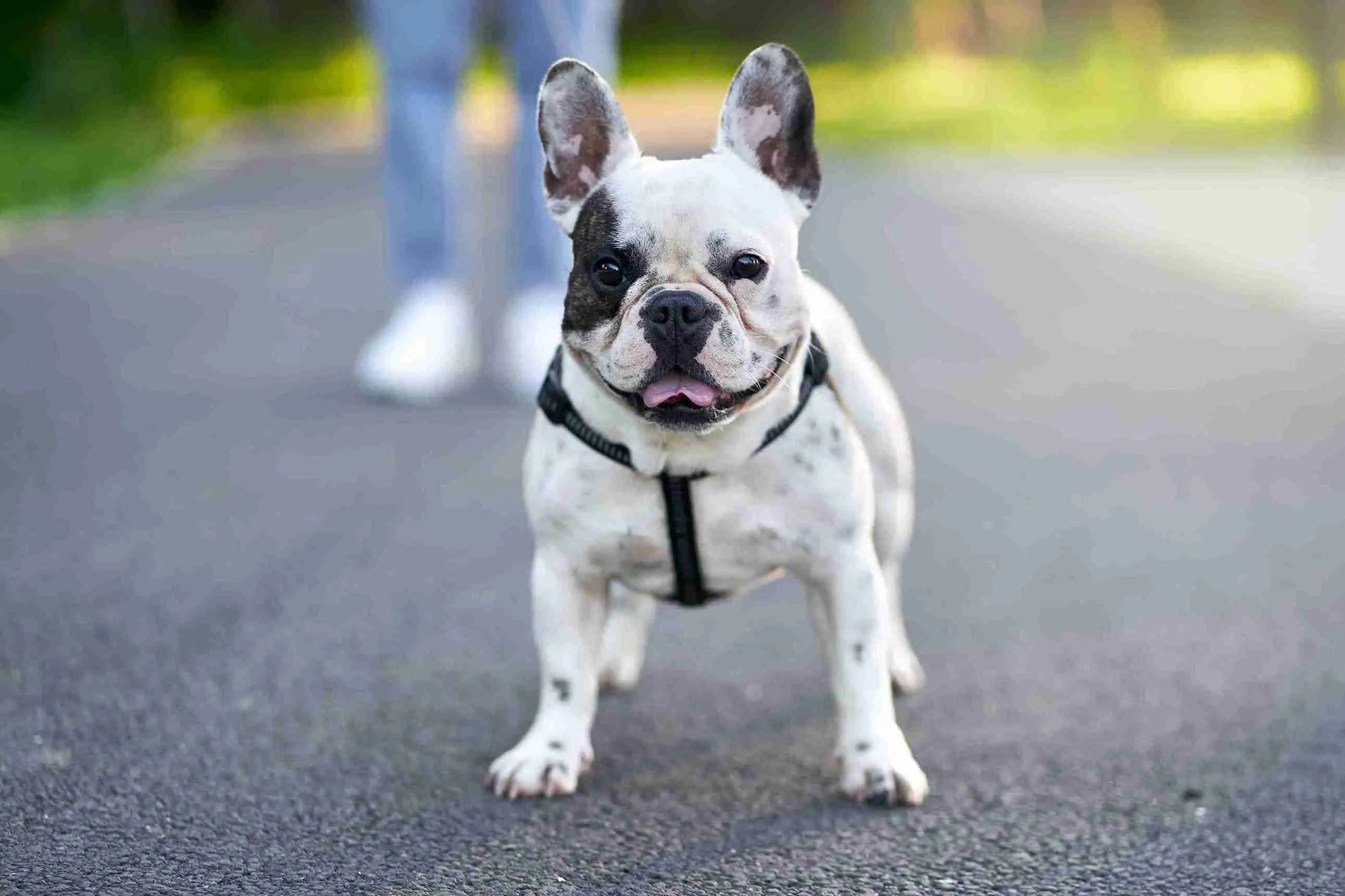
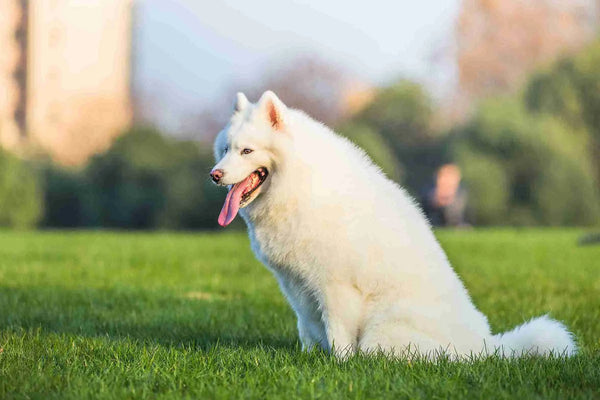

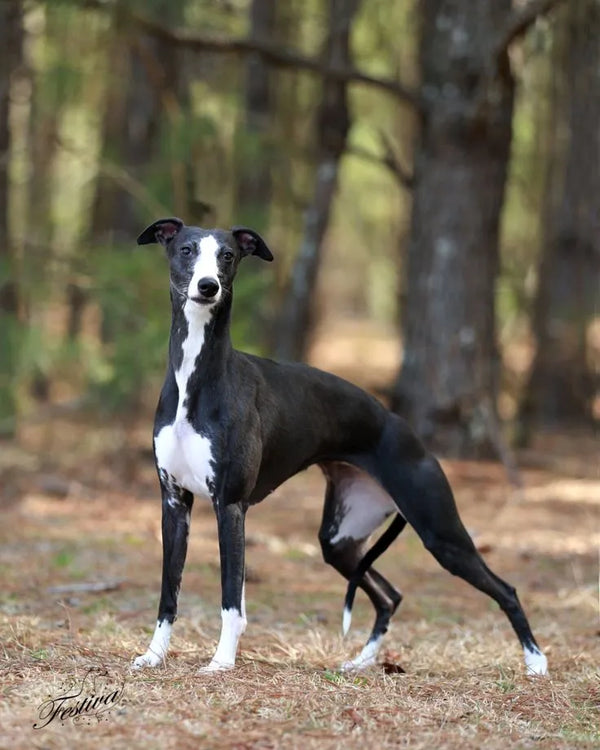
0 comments